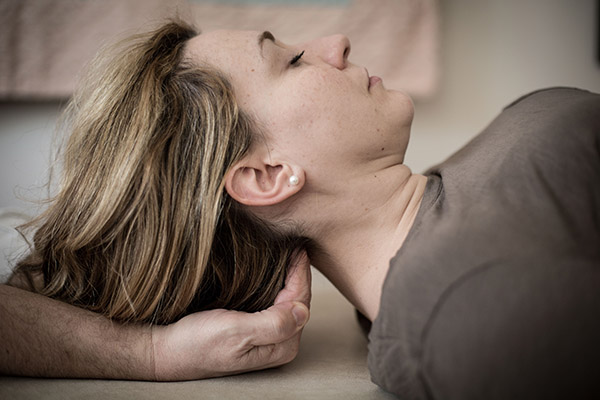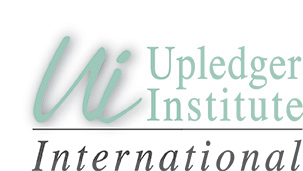
The following blog post is sponsored by Upledger Institute International.
What was Dr. John E. Upledger’s mission behind CranioSacral Therapy and how did he accomplish that mission when he founded the Upledger Institute? Dr. John E. Upledger, an osteopathic physician, was the developer of Craniosacral Therapy (CST). Upledger served from 1975 to 1983 as a clinical researcher and professor of biomechanics at Michigan State University. During those years, he supervised a team of anatomists, physiologists, biophysicists, and bioengineers in experiments testing the existence and influence of the craniosacral system. The results of those scientific studies explained the function of the craniosacral system and its use in evaluating and treating poorly understood malfunctions of the brain and spinal cord.
His mission was to develop a gentle, noninvasive therapy that could help alleviate a range of physical and emotional ailments. He founded Upledger Institute International in 1985 to train health-care professionals in this technique and to promote research into its effectiveness. Through the institute, Upledger sought to increase awareness and understanding of the human body’s innate ability to heal itself and to empower individuals to take control of their health and well-being. The Upledger Institute’s programs and workshops have helped thousands of practitioners around the world become skilled in the practice of CST, enabling them to provide a powerful healing tool to their clients.
What are the benefits to learning Craniosacral Therapy? Learning CST has numerous benefits for both practitioners and their clients. CST is a gentle, noninvasive technique that uses light touch to release tension and improve the functioning of the craniosacral system. This system comprises the brain, spinal cord, and surrounding membranes, which are all interconnected and communicate through a continuous flow of cerebrospinal fluid. By balancing the craniosacral system, CST can alleviate a range of conditions, including headaches, chronic pain, stress, anxiety, and depression. It can also enhance the body’s natural healing processes and boost the immune system, resulting in improved overall health and well-being.
What are the most popular CST courses? What makes them so popular? The Upledger Institute offers a wide range of CST courses, each with a unique focus and benefit. The most popular courses in the curriculum are the core courses, which include CranioSacral Therapy 1 (CS1)—Assessment of Central Nervous System and Fascia for Full Body Treatment Protocol; CS2—Moving Beyond the Dura for Assessing Acute and Chronic Conditions; SomatoEmotional Release 1 (SER1)—Full Range of CranioSacral Therapy Tools for Supporting Trauma Resolution; and SER2—Intention, Inner Physician, and Dialogue-Deepening Principles and Practice of CST.
How would CST benefit an experienced massage therapist? CST can be a powerful addition to an experienced massage therapist’s skill set. CST offers a unique perspective on the body’s systems and how those systems interact with each other, which can enhance a massage therapist’s ability to provide comprehensive and holistic care to their clients. CST techniques can also be seamlessly integrated into a massage therapy session, providing a deeper level of relaxation and tension release. Additionally, learning CST can help massage therapists expand their client base and offer a wider range of services to address a variety of physical and emotional conditions.
To learn more about Upledger Institute International and craniosacral therapy classes, visit Upledger.com.
